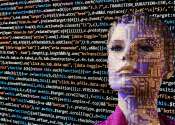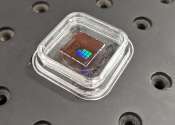An influencer's AI clone started offering fans 'mind-blowing sexual experiences' without her knowledge
Caryn Marjorie is a social media influencer whose content has more than a billion views per month on Snapchat. She posts regularly, featuring everyday moments, travel memories, and selfies. Many of her followers are men, ...
Jun 25, 2024
0
22









